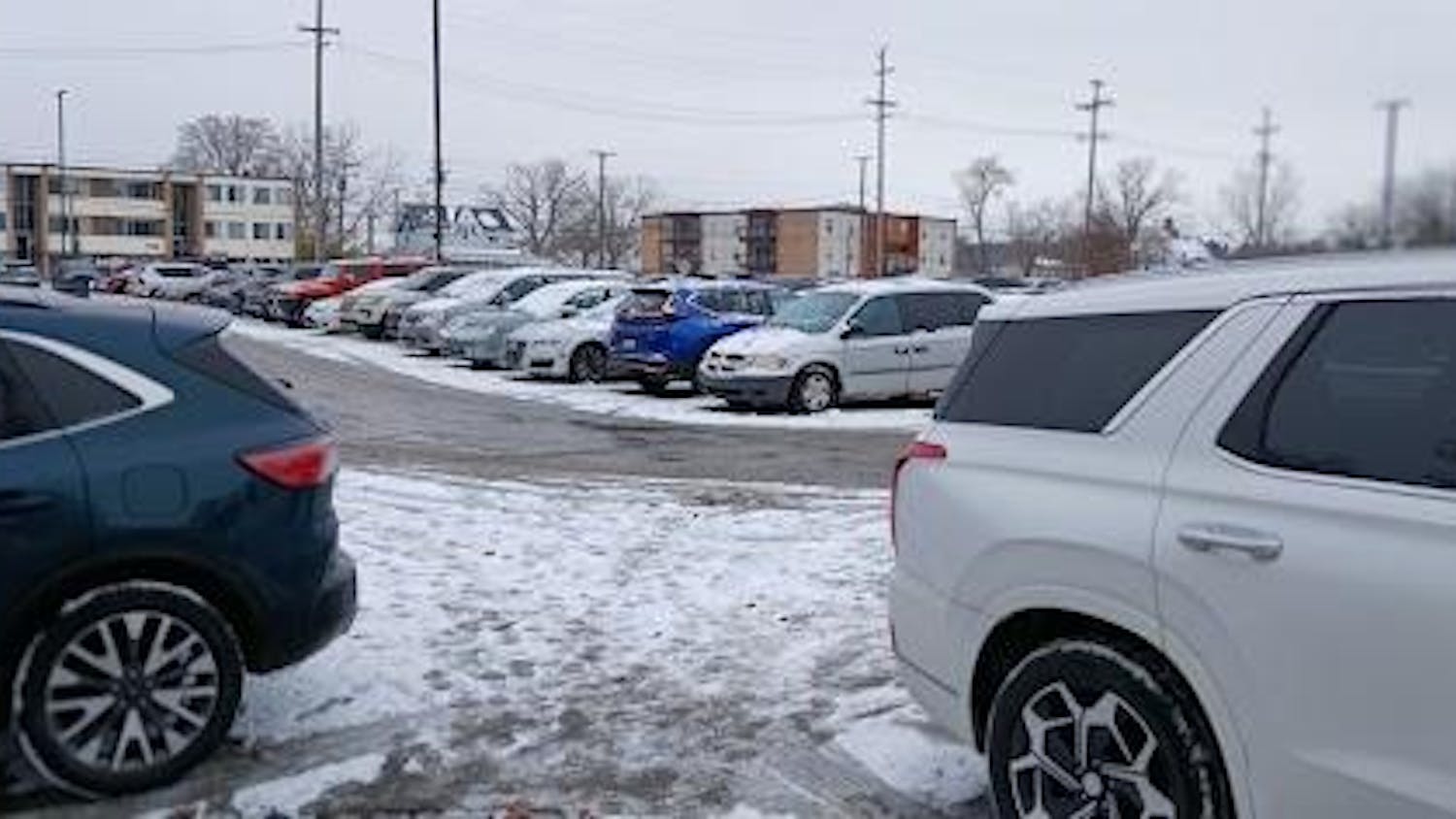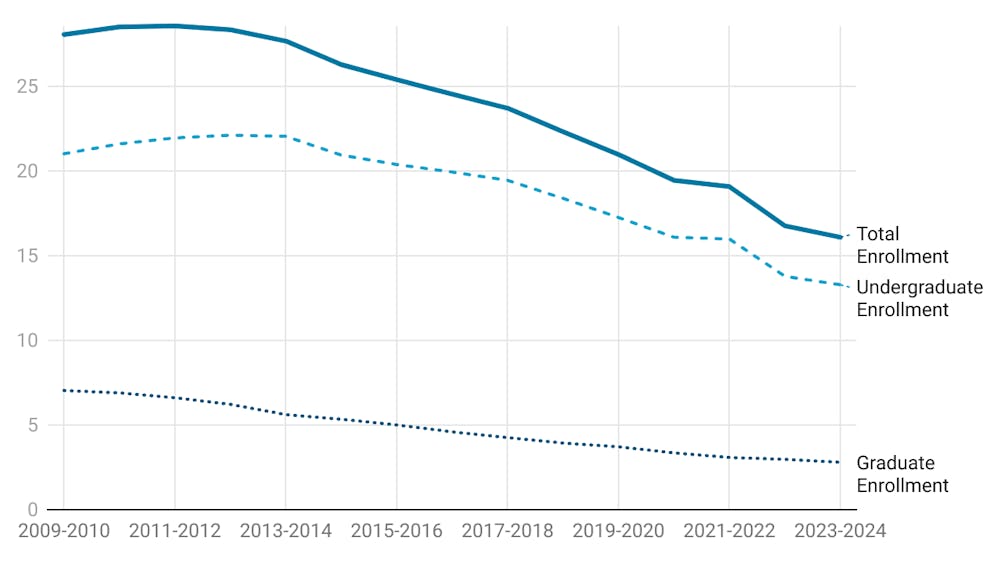As Eastern Michigan University students approach graduation, many are asking themselves where they want to go, but two students in the urban planning program are trying to find out what it would take to keep them in Ypsilanti.
EMU seniors Maia Hardy and Noah Pylvainen began an interactive campaign this week asking other students what they wish Ypsilanti had. The first initiative of the campaign was a dry erase board in Strong Hall inviting students to finish the sentence, “I would stay in Ypsi if…” and postcards asking them to finish the sentence, “And we need a…”
“The whole point of our project is the disconnect between Ypsi and EMU,” Hardy said. “People come here for classes twice a week. They leave and go back home. Hardly anybody goes downtown to support local businesses.”
Hardy moved to Ypsilanti last August but said she already identifies with the town and its community.
“I think it’s a really cool place to live,” she said. “There’s a lot of potential here.”
The campaign began months ago when Hardy and Pylvainen approached Nina David, assistant professor in the urban planning program, with ambitions to execute a public interactive art project to promote the Ypsilanti community.
“All planners wonder how do we make our cities vibrant enough for young professionals and other people to want to live in them,” David said. “That’s part of the question we’ve posed.”
The second initiative of the campaign was a similar board on the side of the Mix, 130 West Michigan Avenue, asking people to finish the sentence “I’m in Ypsilanti today because…” For this part of the campaign, Hardy and Pylvainen worked closely with the Ypsilanti city planner, Teresa Gillotti.
“I think the goal was to find a new or more interesting or different way to engage people in some of the big topics in the community,” Gillotti said. “I’m really excited to see how people engage with it. I think it’s really wonderful that EMU students are trying to wrap their heads around how a campus and a community coexist.”
To cover the materials for the project, David applied for a grant through the university. The grant was approved and the students received $316 for the project, but Hardy said she and Pylvainen spent some of their own money as well. She estimated the total cost of the project was about $350.
“I think it shows what just two students can do to shape their environment,” David said.
Each day, Pylvainen and Hardy will photograph the boards in both locations and then erase them to make room for more responses. They plan to compile the responses to the campaign and give them to the Ypsilanti city officials.
Hardy said some of the responses to the campaign were less than ideal from the perspective of an urban planner.
Specifically, she said she was disappointed to see that so many students wrote that they wanted local branches of national corporations such as Baskin Robbins or IHOP. Hardy explained that establishments like those are “not the
best for the local economy” and that urban planners prefer to see a desire for local businesses.
“I think it’s kind of a reality,” Hardy said. “I don’t really agree with that, but it’s kind of just an indicator of people’s mindset.”
Some of the student responses to the campaign were intended to be comical. For instance, one student wrote that he or she would stay in Ypsilanti if “hell freezes over.” Another wrote that she or he would stay in Ypsilanti if “all the squirrels died.”
David stressed that despite the more comical responses, some of the comments “were really quite meaningful and deep.”
“People seem to have thought about it,” she said.
One student wrote that he or she would stay in Ypsilanti, “if we stopped comparing ourselves to Detroit and Ann Arbor and embraced our unique developing culture.”







